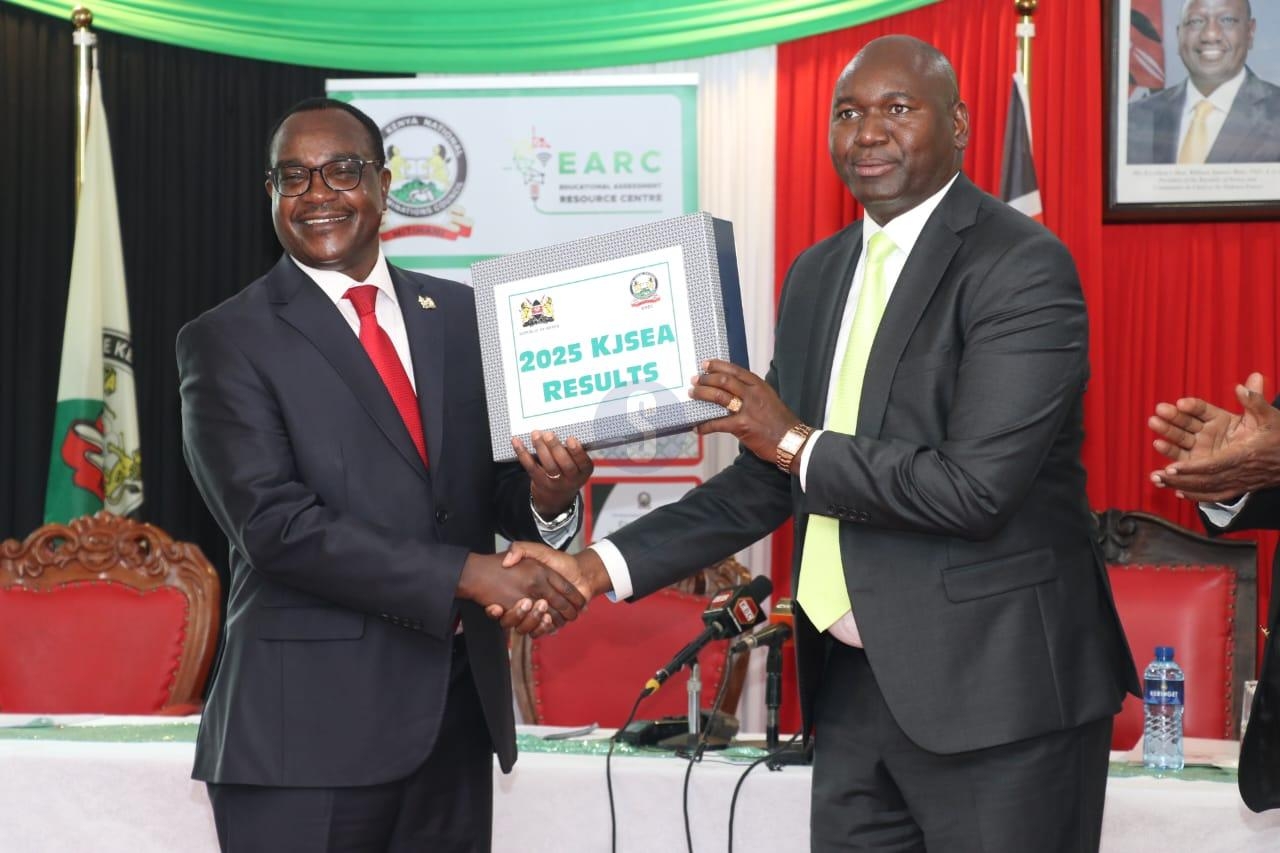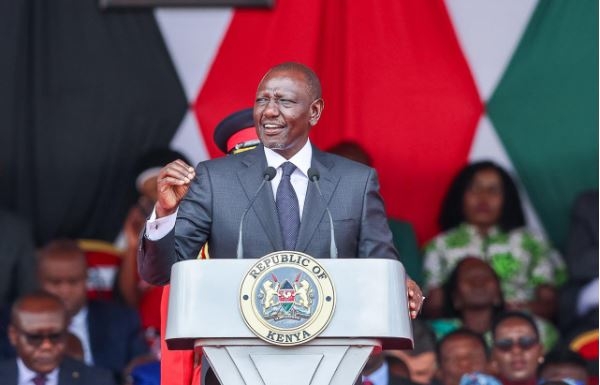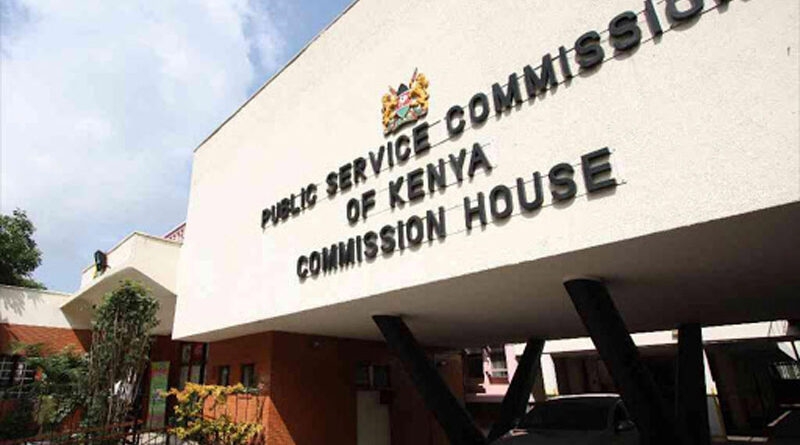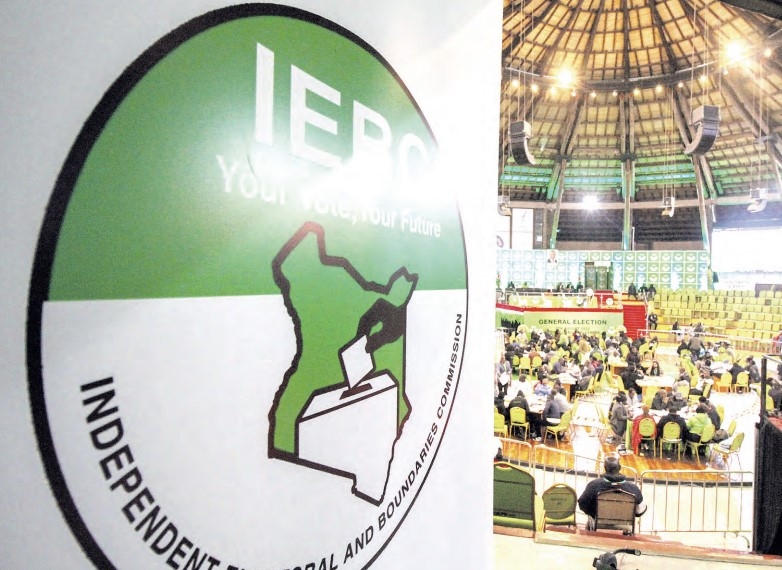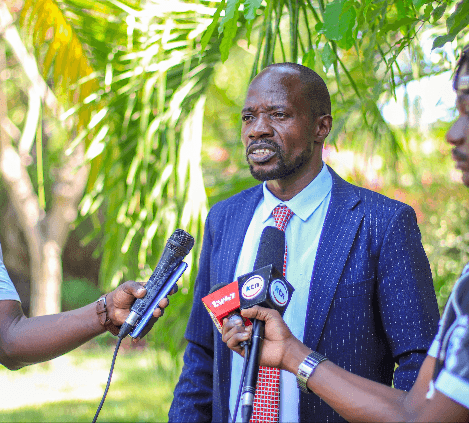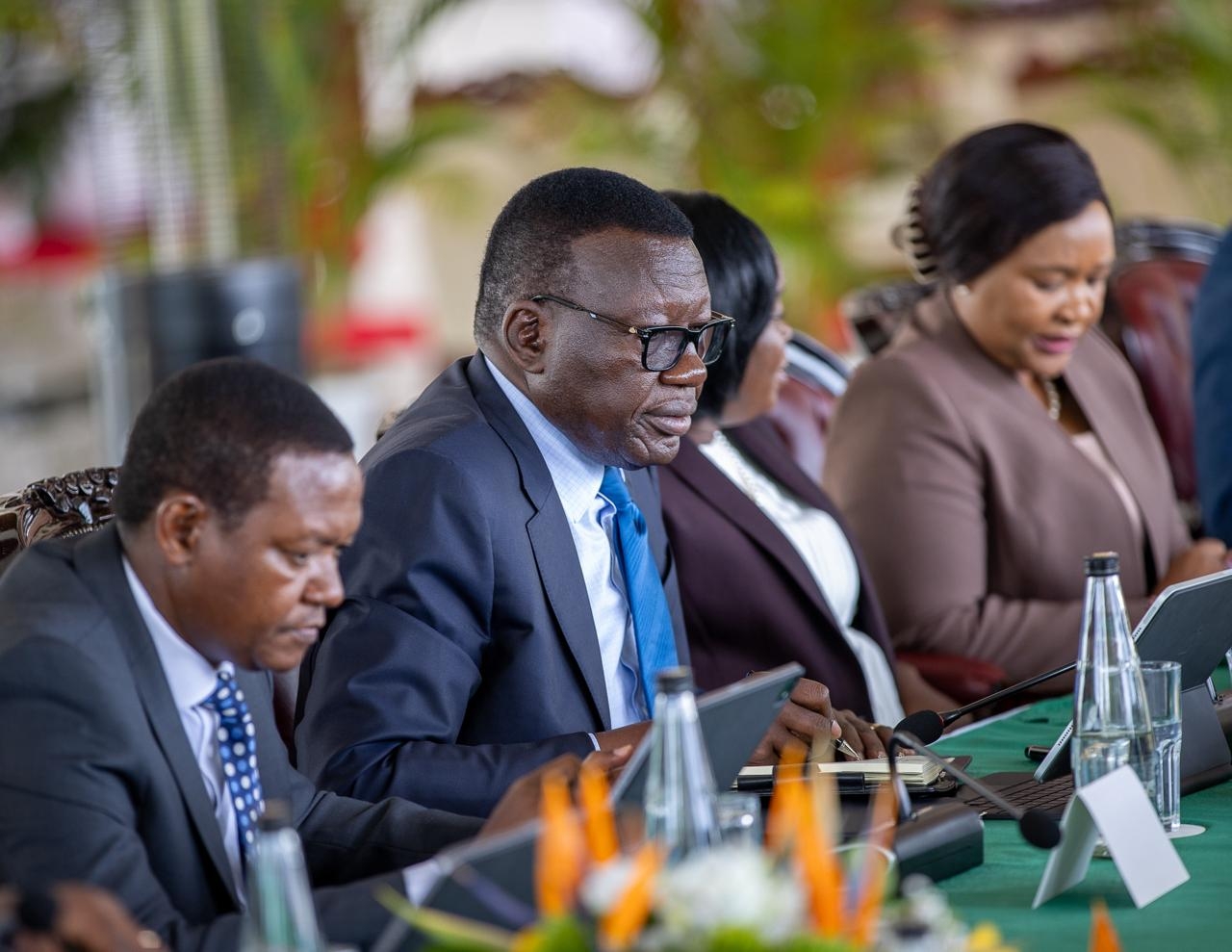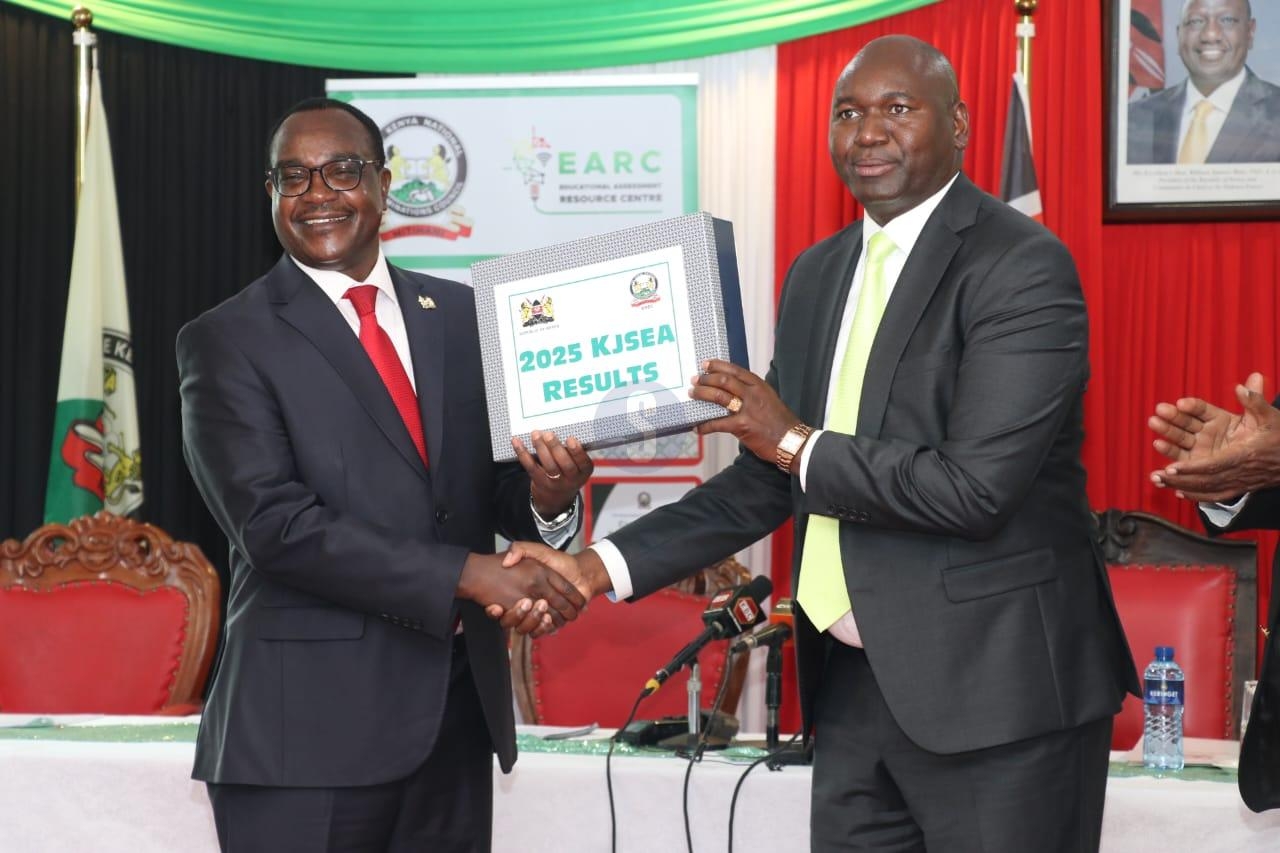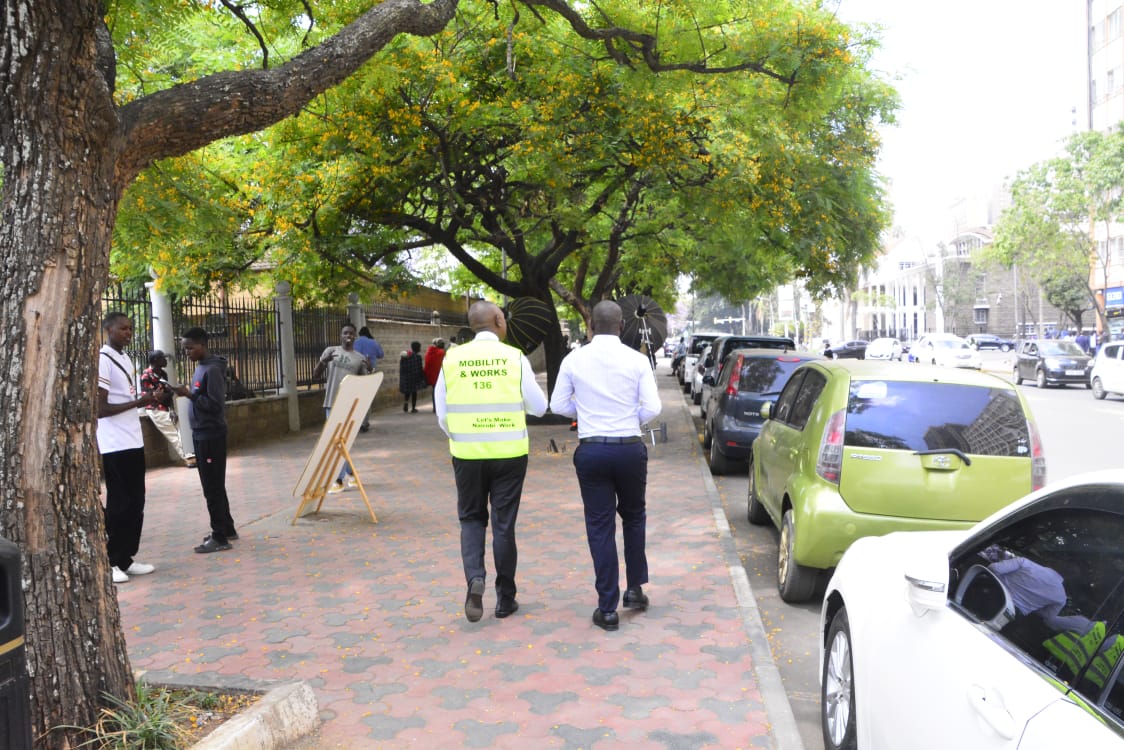
What was once a chaotic and crowded
scene at the famous Kencom Stage is rapidly transforming into a well-organised
hub of calm and order — thanks to the Non-Motorised Transport (NMT)
infrastructure put in place by the Nairobi government.
With
a strong focus on addressing the city’s long-standing transport woes, the
county administration has started an ambitious plan to decongest the Central
Business District and create safer and more accessible spaces for pedestrians
and cyclists.
In
many parts of Nairobi, walking through the city has often felt like navigating
an obstacle course.
Sidewalks, where they exist, are
frequently occupied by parked cars, forcing pedestrians to step into the roads
and weave between moving vehicles.
What
should be safe spaces for walking have turned into extensions of parking lots,
with vehicles crowding pavements, corners and even zebra crossings.
For
parents pushing strollers, persons living with disability or anyone walking on
foot, the experience has been both stressful and dangerous.
Recognising
that Nairobi remains a city of walkers, with thousands of residents relying on
walking as their main mode of transport, the county government launched the NMT
project to make walking and cycling safer, more comfortable and dignified.
The
initiative has started to transform key parts of the city.
Expanded pedestrian walkways, new
cycling lanes and green corridors have been developed in areas such as
Westlands, Ngara and the CBD, boosting safety and reducing conflict between
vehicles and pedestrians.
“Nairobi
is becoming a city for people, not just cars,” chief officer for mobility
Michael Waikenda said during a recent inspection of the Kencom NMT project.
“Our
goal is inclusive, accessible and sustainable mobility.”
The
changes are also yielding social and economic benefits.
Along Tom Mboya Street and around
the Ambassadeur Hotel, newly organised pedestrian walkways have helped ease
matatu congestion, while offering new opportunities for small-scale traders and
street photographers, many of them youth, to earn a living.
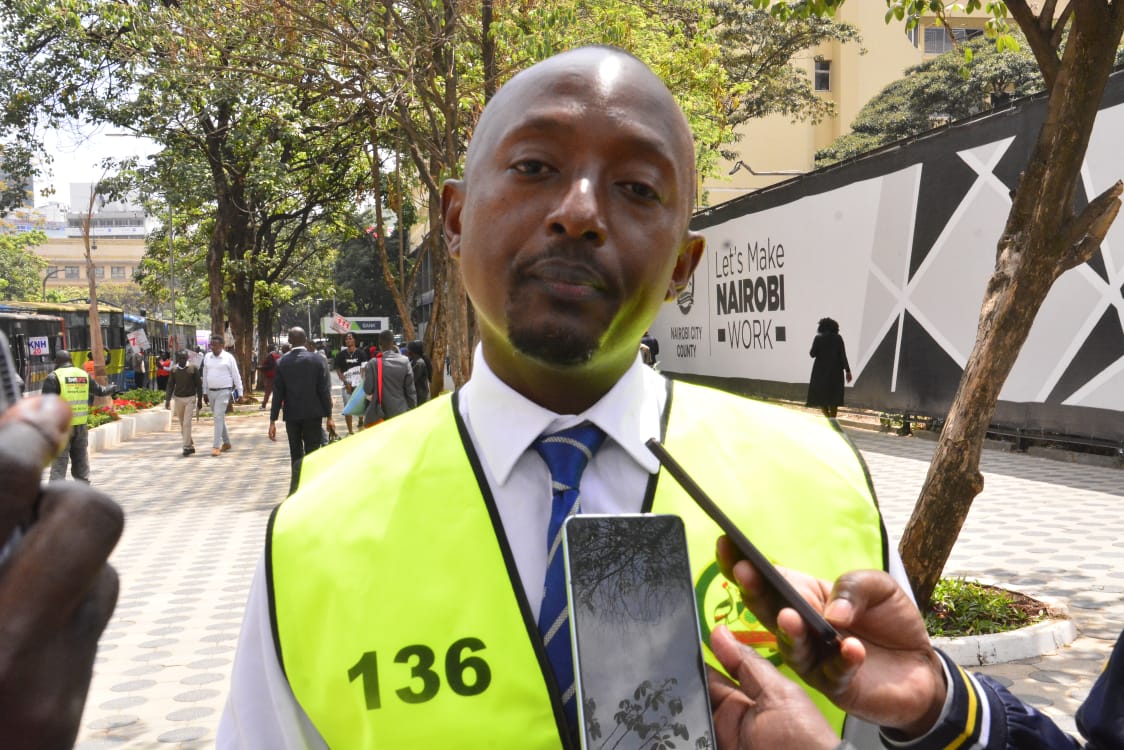
Areas such as Green Park and Desai
Road have become model showcases of modern urban design, attracting attention
from the transport sector and even the local film industry.
Complementing
the physical infrastructure is the Nairobi Digital Dashboard, a new
technology-based system that allows a traffic police to monitor real-time
traffic data, analyse congestion trends and coordinate rapid response to
incidents.
This
innovation has improved traffic management and boosted efficiency across the
city’s major roads.
The
county government is also championing environmentally friendly mobility,
including pilot programmes for electric buses in partnership with private investors
— part of a broader effort to make Nairobi a cleaner and greener city.
Waikenda
said the success of NMT depends on collaboration across sectors. “We are
opening doors for investment in sustainable urban transport. It’s a collective
effort to reshape the future of mobility in Nairobi,” he said.
Despite
the visible progress, challenges persist — from delayed road maintenance to lax
enforcement of traffic laws.
But with growing support from
residents, matatu operators and traffic officers, Nairobi’s journey towards a
more walkable and people-centred city is underway.


